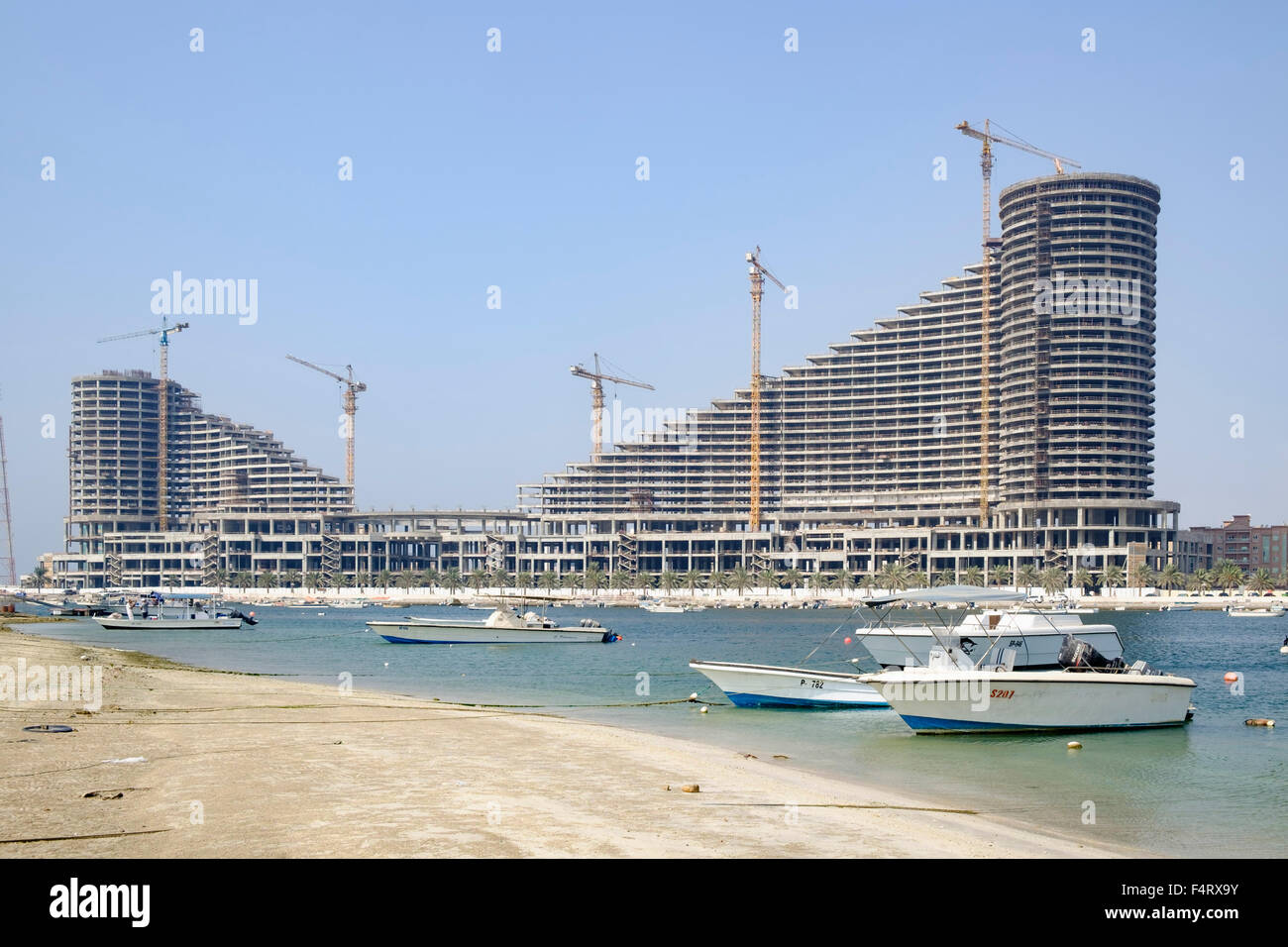
When the course was complete I was able to take it around the world and teach everywhere, from Dubai to Hong Kong. From store layout to understanding the supply chain and delivery routes, to planning the sightlines and retail mix to using analytics and data and customer patterns building shopping malls is a science.


Years spent working with some of the world’s best mall developers, along with my architectural background, had taught me a great deal about how to design a shopping mall, and it was information I wanted to impart. Perhaps it was simply my high expectations of a fully integrated and sophisticated design that was the problem, or maybe it was the complexity of mall planning and the multi-disciplinary involvement in the process that had been a sticking point for the consultants whom we’d seen that day? Either way, out of my frustration came inspiration, and as soon as I arrived home I opened my laptop and started work on an educational course entitled: ‘’The Shopping Malls Planning Principles’’. None of the ideas we’d been presented with were even close to what we – a shopping mall developer – wanted to achieve, and while driving back home on Sheikh Zayed road, I was trying to work out exactly why. In the summer of 2011, after a long day of mall planning workshops, I left my office exhausted and frustrated. In short, to succeed a developer must temper a mall’s planning with a deep understanding of retail functionality, consumer behavior, and new retail trends before getting started These are elements that are not easily reflected in the designs of an architect, such as location, positioning, catchment area, tenant mix, and the effects of ever-changing retail trends and consumption patterns. Successful analysis of a shopping mall planning must consider a number of critical characteristics.


 0 kommentar(er)
0 kommentar(er)
